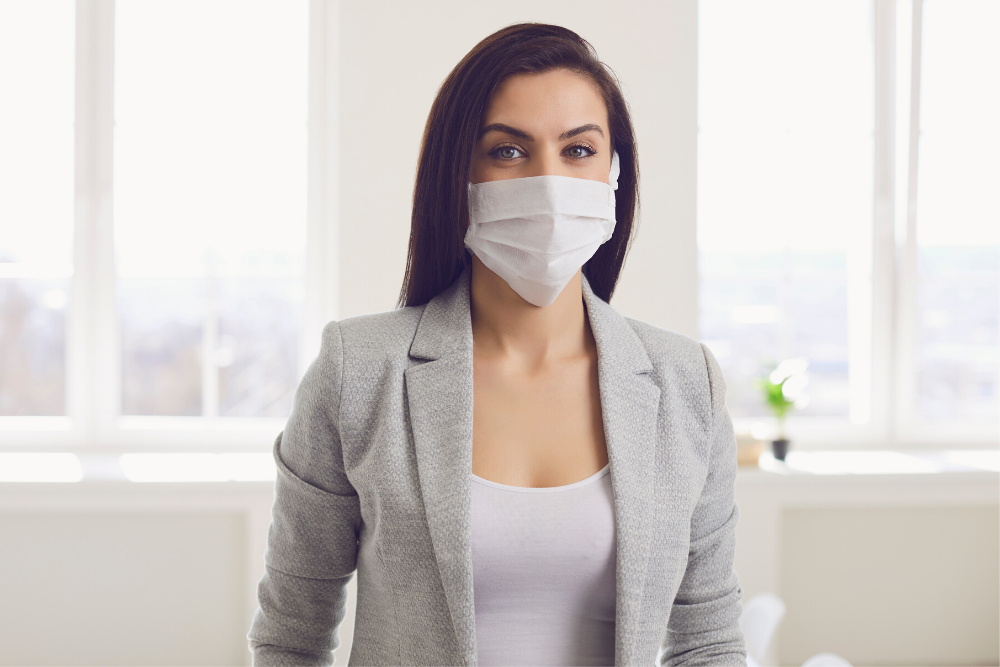By
Jeanette Coleman, SPHR & SHRM-SCP
on
May
13,
2020
4 min read
0 comment(s)

State and local governments have begun lifting COVID-19 stay-at-home mandates, allowing businesses across the country to reopen their traditional worksites. But even when companies bring employees back from home offices, the post-pandemic workplace will be anything but business as usual.
Just as companies had to navigate uncharted waters when employees began teleworking, they now must take unprecedented measures to keep employees safe at the worksite. And the situation is fluid, so employers should regularly monitor advice from health authorities and build flexibility into their return-to-work plans.
The federal “Opening Up America Again” plan announced April 16, 2020, recommends that employers develop and implement coronavirus-related workplace safety policies that address:
Note that the Opening Up America Again plan encourages employers to decide how they will handle the workplace safety issues listed above. It does not specify the steps employers should take. In the case of temperature checks, although the Equal Employment Opportunity Commission has said employers can take employees’ temperatures, both Axcet HR Solutions and the Society for Human Resource Management, as well as a number of legal sources, urge caution before taking this step.
Further, the federal guidelines call for employers to monitor their workforces for “indicative” symptoms and prevent symptomatic employees from physically returning to work until a medical professional clears them. In the event an employee tests positive for COVID-19, employers should implement pre-established procedures for workforce contact tracing while maintaining the infected person’s anonymity.
For now, public health experts recommend that vulnerable people continue to shelter in place. Companies who have these individuals – such as those age 65 and older and those with diabetes or chronic lung disease or asthma – among their employment ranks will need to develop a plan for protecting them before asking them to come back to work. Employers should not, however, dictate which employees are considered vulnerable, but should leave the decision up to each employee to self-designate.
|
The Centers for Disease Control and Prevention identified seven groups who may be at high risk for severe illness if they contract COVID-19. These groups are:
The Opening Up America Again plan issued by the White House recommends individuals in these groups continue to shelter in place until the third phase of the plan. |
The Centers for Disease Control and Prevention (CDC) recently released parallel recommendations outlining the following safety actions employers should be prepared to take before reopening:
The Occupational Safety and Health Administration (OSHA) recommendations mirror those from the federal government and the CDC.
The CDC suggests that, with the exception of health care workers, returning employees need not wear N-95 respirators. OSHA has not classified cloth face coverings as personal protective equipment (PPE), but has said they are appropriate for use by low-risk employees. CDC guidelines recommend they be worn to protect others anytime social distancing or guarding cannot be maintained.
Employers who require employees to wear face masks should either provide the masks or cover their cost, unless an employee wishes to purchase or make his or her own mask. Employers also should remind workers that they should wash their masks often, be careful not to touch their eyes, nose or mouth when they take their masks off and wash their hands immediately after removing their masks.
While it is important to get people back to work and the economy moving again, workforce health should be every company’s highest priority. To keep returning workers safe at work, employers should adopt a multi-pronged approach that includes:
Let us know what you think...